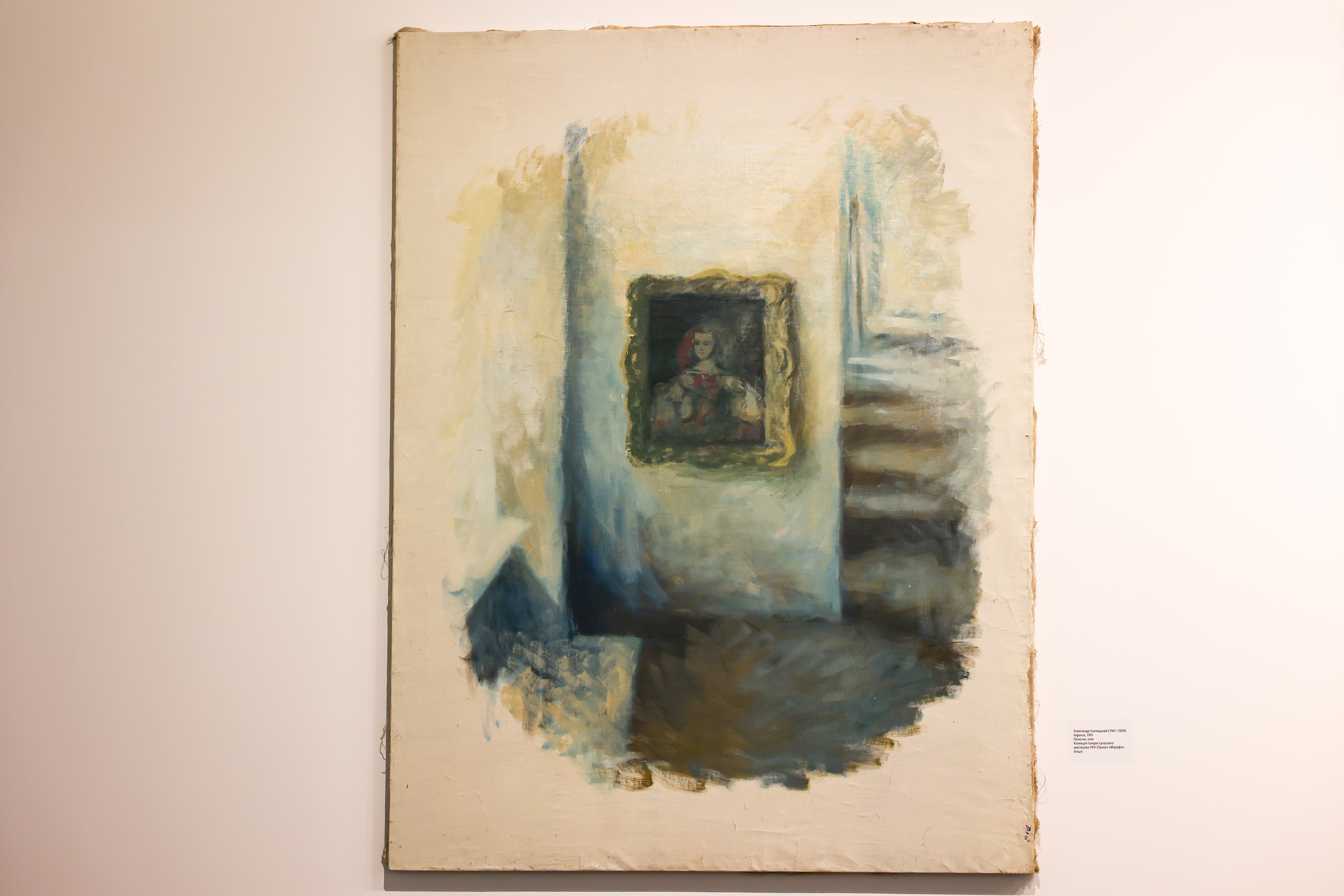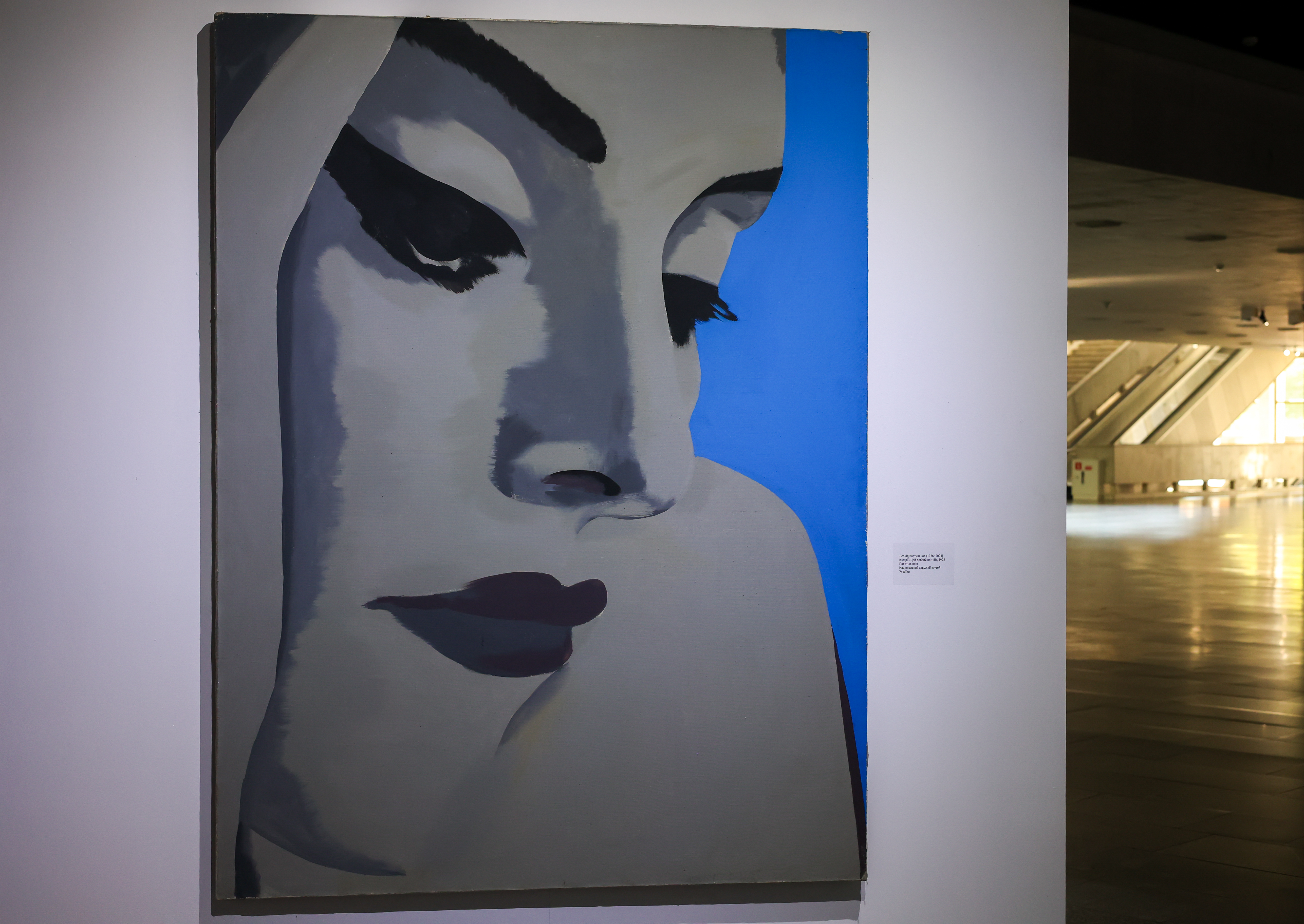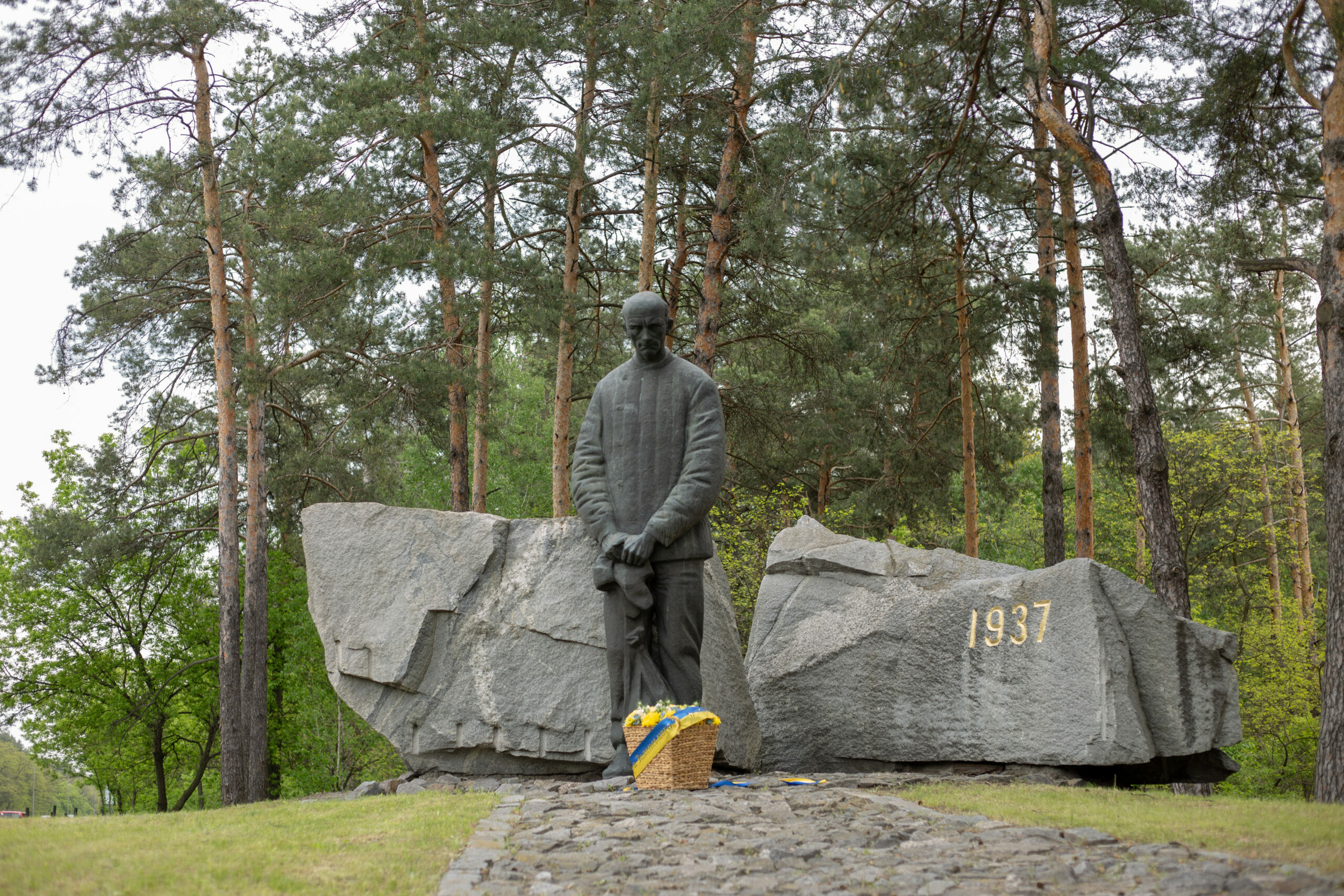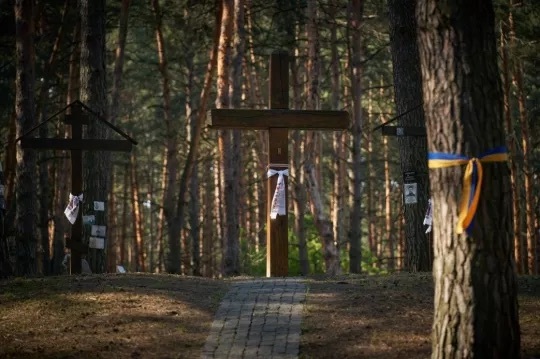Hi!
Sunday is here, and I am excited to write you another letter. Yesterday, I was asked how I chose topics for my Sunday Letters (the part where I write about our culture and history).
My curious mind helps me. I usually read, watch, and listen a lot, and it often happens that there is a topic I want to dig more about. Recently, I noticed that I have more important things to share than I have Sundays. So, I will experiment and occasionally send letters on specific Ukrainian history or cultural topics.
Of course, not everyone wants to read more, and my Sunday Letters are pretty enough. Also, I want to express gratitude to those who support me. So, these new (how to call them; I still don't know) letters will be sent to my supporters.
Okay, enough about that. Let's talk about some photos you will see in this letter. I will share the ones from the exhibition I visited on Friday. These are the works of artists of Paris Commune (I told you about them in one of the letters; here) and Painting Reserve (a creative group of Ukrainian artists that existed from 1991 to 1995; their feature was abstractionism and the power of colours).
 Kyrylo Protsenko, A Flock, 1992
Kyrylo Protsenko, A Flock, 1992
Let's briefly discuss what happened in Ukraine this week.
The main news here is the situation on the Kharkiv front. To remind you, russia launched a new offensive with 30,000 troops on May 10, targeting Kharkiv Oblast, which is situated at the border with russia in northeastern Ukraine.
russian forces are currently prioritizing the seizure of Vovchansk, a settlement immediately on the border. This town is likely one of the remaining tactical objectives of the first offensive operations in northern Kharkiv Oblast. The capture of Vovchansk would provide russian forces with a staging ground close to the russian rear to prepare for and launch the second phase of the offensive operation.
putin, in his answer to the journalists about russian goals in Kharkiv Oblast, stated that 'russian forces are achieving success according to plan and that russian forces have no immediate plans to seize the city of Kharkiv'.
Most war experts I listened to this week consider that russia wants to draw Ukrainian forces away from other frontline areas; their goal remains the same for now - to capture Donetsk Oblast.
Ukrainian President Volodymyr Zelenskyy believes that russian advances in Kharkiv Oblast are only the first of several waves of offensives. He said the situation in the Kharkiv region, where thousands of people have been forced to flee their homes, was controlled but not stabilized.
 Oleksand Hnylytskyi, Infanta, 1991
Oleksand Hnylytskyi, Infanta, 1991
The second piece of news I find necessary to share is the situation in Ukraine's energy infrastructure. Five waves of attacks have been directed against it since March 22, and power outages began this week.
Yurii Boiko, a member of the Supervisory Board of Ukrenergo, Ukraine's national energy company, mentioned that consumer outages that began on May 14 may last until August-September.
Once the temperatures rise, scheduled and emergency power outages may be cancelled if there are no attacks, but the situation in the power system is unlikely to improve. Leonid Vartyvanov, from the series 'This Kind World III', 1992
Leonid Vartyvanov, from the series 'This Kind World III', 1992
Once again, I encourage you to read more, as there was news about 108 Ukrainian drones attacking russian territory and that Ukrainian soldiers shot down the fourth russian Su-25 fighter jet in two weeks in Donetsk Oblast.
And now, I want to share something you might don't know.
On May 19 (today), Ukraine marks the Day of Remembrance of the Victims of Political Repression, honouring all victims of the communist totalitarian regime.
A forested area near the village of Bykivnia, on the northeastern outskirts of Kyiv, is the largest mass grave site in Ukraine for victims of communist political repression.
According to archival documents, the Bykivnia Forest was used by the NKVD (the ancestor of the KGB, a Soviet secret police organization) of the USSR from 1937 to 1941 as a special purpose facility, a place of secret burials.
 The photo credits: bykivnia.org.ua
The photo credits: bykivnia.org.ua
This territory of 4.2 hectares was surrounded by a high green fence of 2-3 metres and guarded around the clock by NKVD officers. According to a legend specially developed for local residents, an artillery depot was located on this territory.
On July 30, 1937, the order ‘On the Operation to Repress Former Kulaks*, Criminals and Other Anti-Soviet Elements’ was sent to the Politburo for approval, which set limits on the execution of death sentences, including in the USSR and Kyiv Oblast.
*Kulak was the term used to describe peasants who owned over 3.2 hectares of land towards the end of the russian empire.
At night, the bodies of those tortured in the Kyiv torture chambers of the NKVD were brought to the Bykivnia forest. Experts who examined the remains of the victims testify that most of them died from a shot to the back of the head. The bodies were buried together with their belongings, documents and small amounts of money. They were always in their clothes and always covered with lime.
This went on from August 5, 1937, to September 17, 1941.
 The photo credits: umoloda.kyiv.ua
The photo credits: umoloda.kyiv.ua
After the occupation of Kyiv by Nazi troops in September 1941, the truth about the true purpose of this special facility became known to the Germans, who conducted partial excavations and discovered mass graves of victims of the Stalinist regime.
In 1944, 1971, and 1987, three Soviet special government commissions worked in Bykivnia, each of which concluded that the victims of the Nazi occupiers were buried in the Bykivnia forest. It was only the fourth official commission in 1989 that acknowledged that victims of the Stalinist regime were buried in Bykivnia.
According to far from complete data from Ukrainian historians and researchers of mass repression, 30-35 thousand executed residents of Kyiv and the region, as well as more than 3,500 foreign citizens, were buried on the territory of the NKVD special section in Bykivnia in 1937-1941.
In 1994, a memorial complex was created in the Bykivnia forest.
I hope you learned something new today and discovered a tiny part of Ukrainian history. I am saying goodbye for now.
With warmest wishes from Kyiv,
Yaroslava
 Roman Zhuk, Apple Garden, 1988
Roman Zhuk, Apple Garden, 1988
